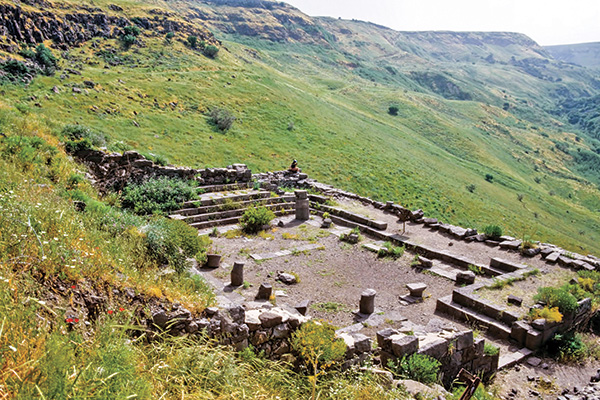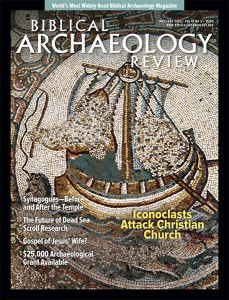Synagogues: Before and After the Roman Destruction of the Temple

Were there synagogues while the Temple still stood in Jerusalem?
Nearly 200 ancient synagogues have been discovered by archaeologists at numerous sites in the Land of Israel as well as in the diaspora.
After the Roman destruction of the Jerusalem Temple in 70 C.E., the major architectural feature of the synagogue was the Torah Shrine. This was true both in the Land of Israel and in the diaspora. The Torah Shrine was the receptacle for the ark containing the Torah Scrolls; it was usually made of wood and placed on top of a stone base. The stone base could take the form of a niche, a semicircular apse or an aedicula (a small independent shrine). The Torah Shrine was almost always on the Jerusalem-oriented wall.
The Torah Shrine determined the arrangement of the interior of the post-destruction synagogue. This synagogue plan usually consisted of a hall divided by columns into a central space with side aisles and sometimes with a front (or side) courtyard. It all focused on the Torah Shrine.
Should communal buildings entirely without these features dating to an earlier period—the Second Temple period—be identified as synagogues?
Already a library member? Log in here.
Institution user? Log in with your IP address.

